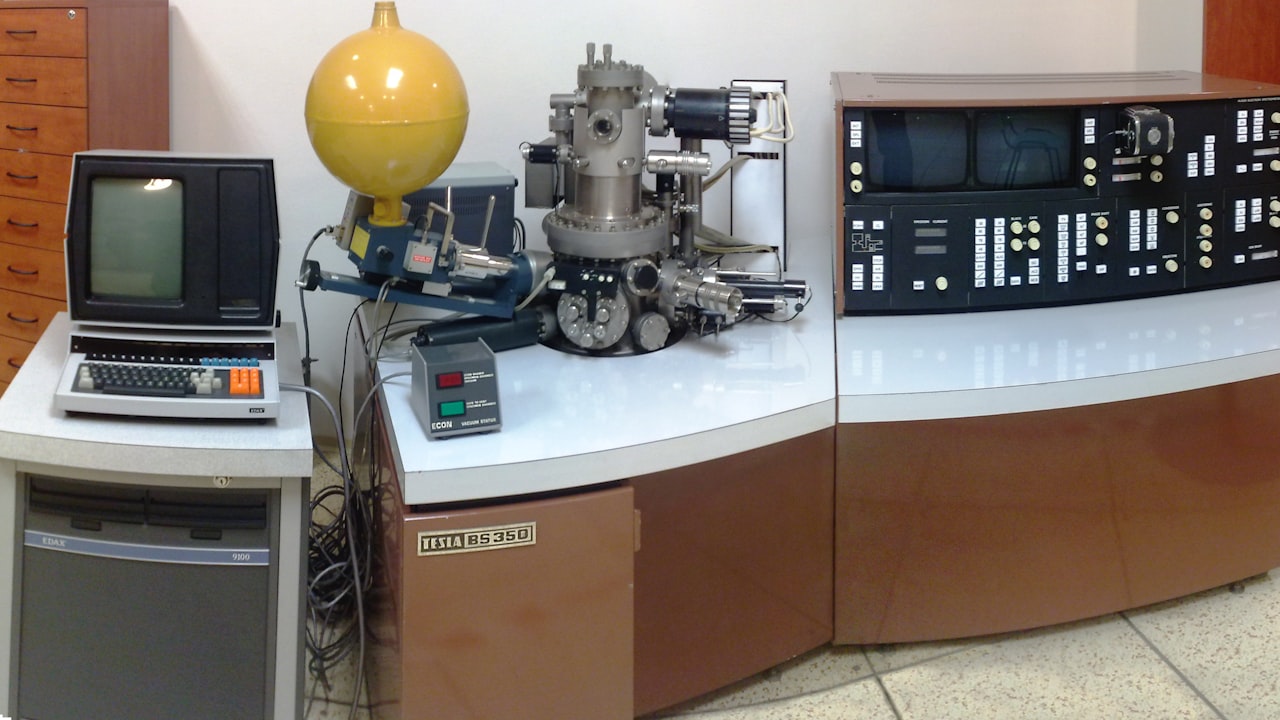The emf detector is essential in the operation of the modern world today. Its main work is to calculate the electromagnetic field of a specific area. In simple terms, an EMF detector is a measurement and test apparatus for radiation. The detector offers one of the electromagnetic waves' precise measurements in a particular region. Whether you need the emf detector to measure the magnetic and electric fluctuations at home or your place of work, it helps to know the basics of a emf detector.
Key things to know about a emf detector
While the emf detectors are common among those working on power lines or experts involved in the manufacturing of electrical gadgets, you can buy these devices even for home use. Many will argue that provided you know how to read the indicators on the emf machine, other things don't matter. Well, that isn't the case. Knowing the basics comes in handy to help understand the machine. Here's what to know.
What is the emf detector?
EMF refers to Electromagnetic fields. The electromagnetic (EMF) detector is responsible for giving you information on the electromagnetic field's workflow by calculating the radiation's flux density. The instrument's most common industrial use is to detect power lines and electrical wiring issues. Thus, the EMF detector works by tracking changes in the electromagnetic field during a confident period (AC Fields).
How does the emf detector work?
The EMF detector works by measuring changes in the magnetic or electric energy that flows in the electromagnetic field. If there are any magnetic or electric energy fluctuations, the detector will specify the issues in the power lines and electrical wiring. One of the best merits of the detector is that it ensures proper workflow, especially in manufacturing sites. You can also use the electromagnetic detector at home to measure radiation. The main goal of using it for home purposes is to prevent exposure to harmful radiation.
What are the main emf detector types?
There are two main EMF detector types. They include; a tri-axis meter and a single-axis meter.
Tri-axis meter
As the name suggests, the tri-axis meter has three axes. The axis ensures that the EMF detector can take three single-axis readings instantaneously. The reading occurs in three equal perpendicular directions and electronically joins them to provide a resultant reading.
Single-axis meter
The single-axis meter measures the strength of the AC magnetic field in a single direction at a time. To determine the total strength of a field, you will need to point the meter in various positions. You can continue to tip the detector until you get the place that provides the best reading.
How to buy the emf detector
When buying the EMF detector, you should get one that will give you maximum benefits. Some of the factors to consider are; features, user-friendliness, cost, manufacturer, ability to measure all EMF radiation types, and accuracy
Conclusion
The electromagnetic detector is an essential home or work equipment. The tool's main purpose is to measure radiation, especially in power lines and electrical wiring. It ensures you can determine the radiation levels and keep track of your environment. Buy an affordable and quality emf detector today at Alibaba.


